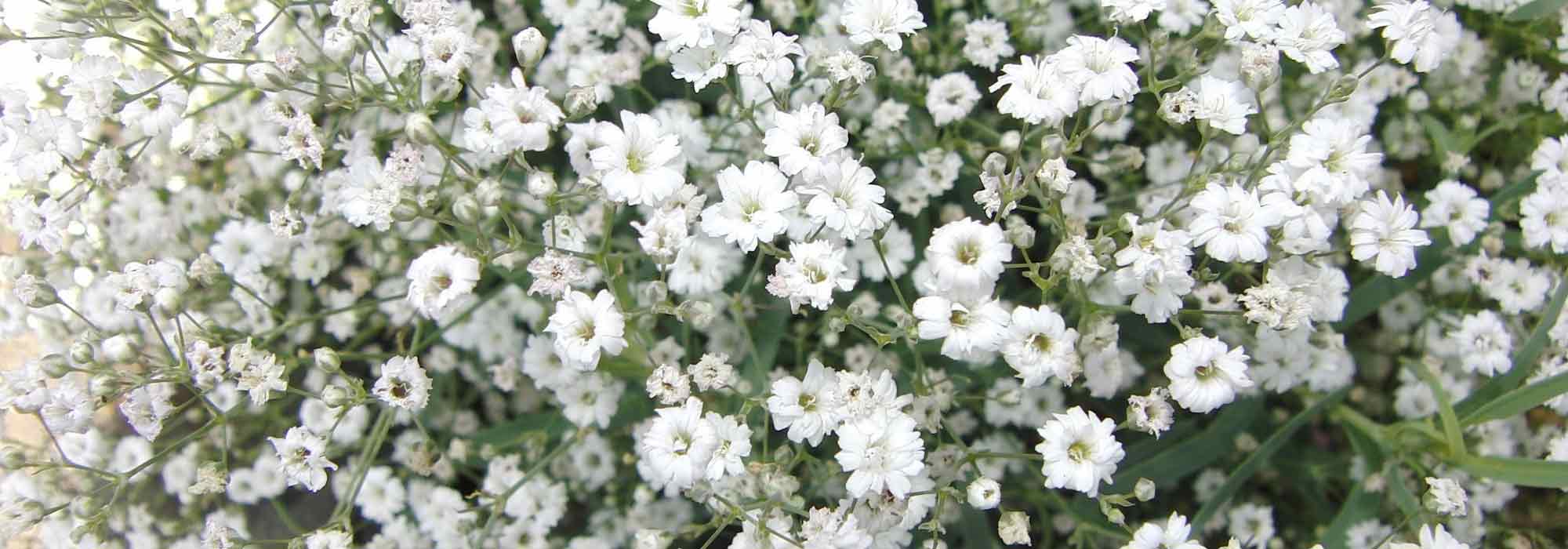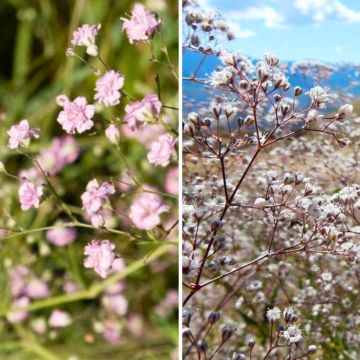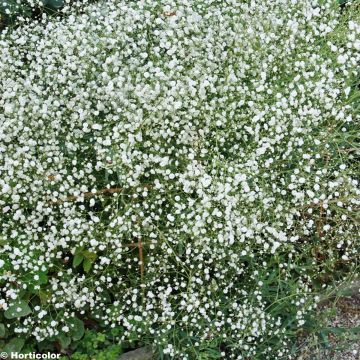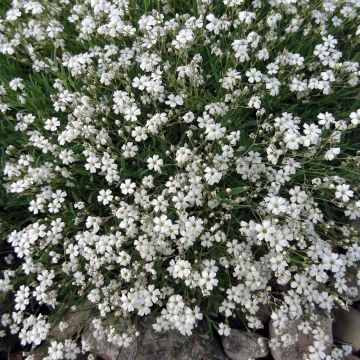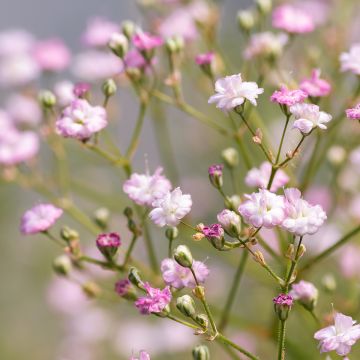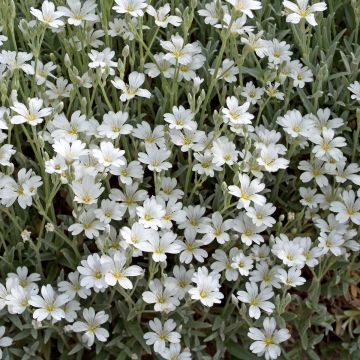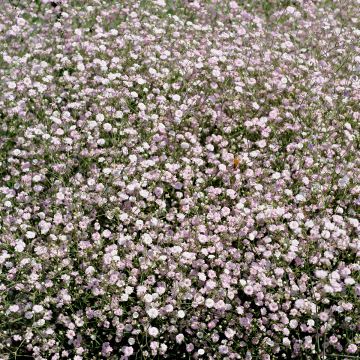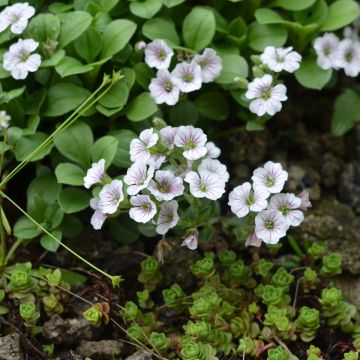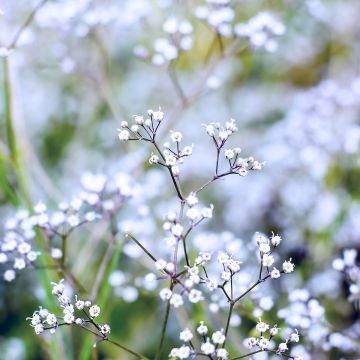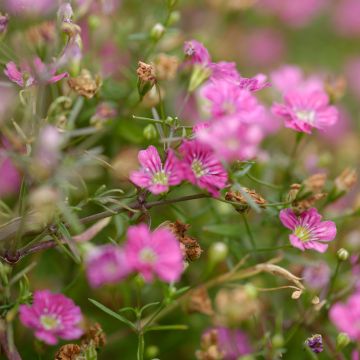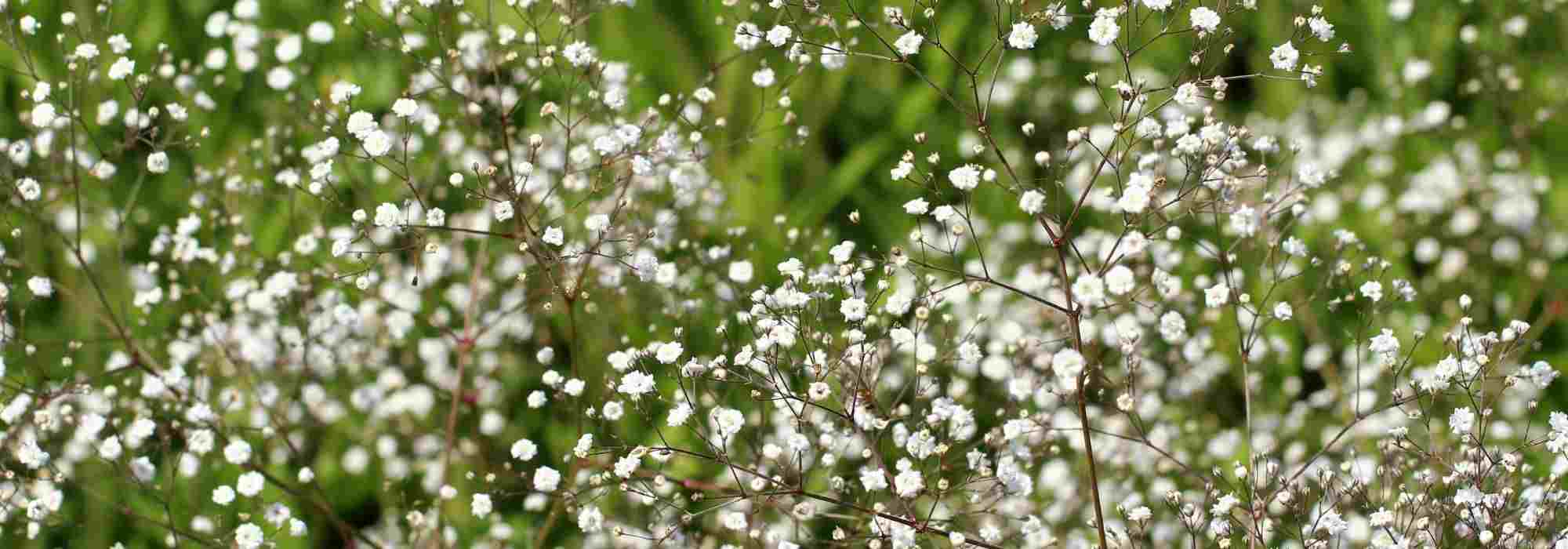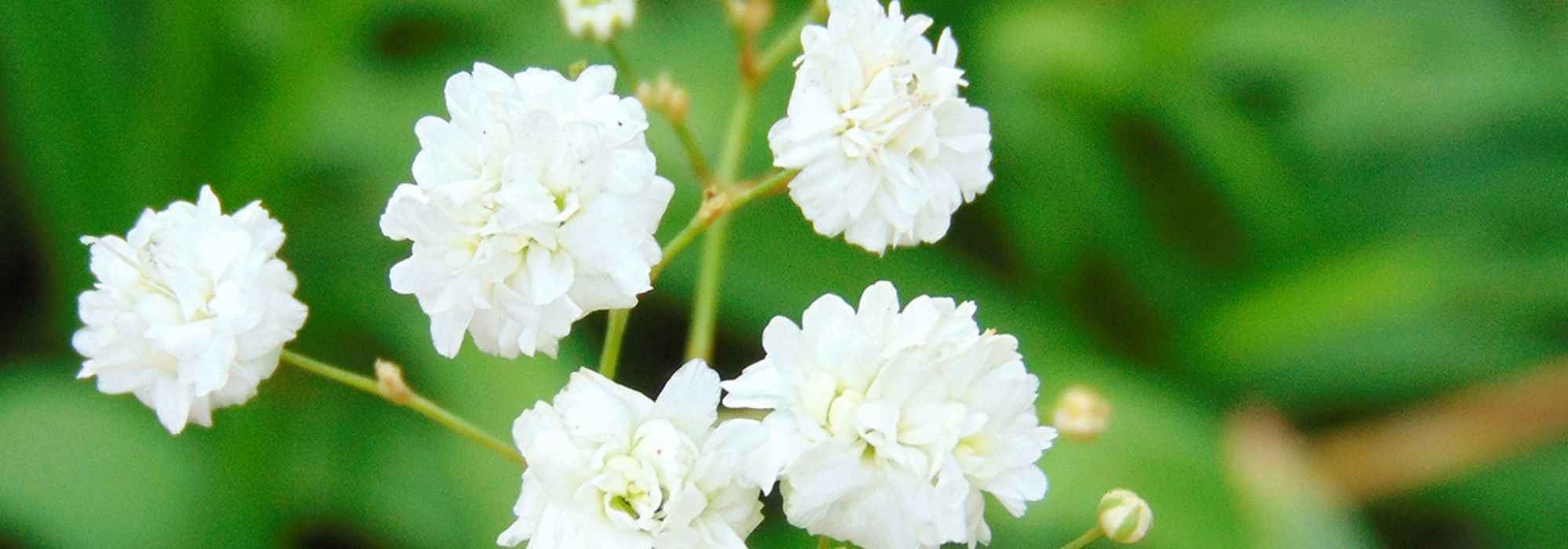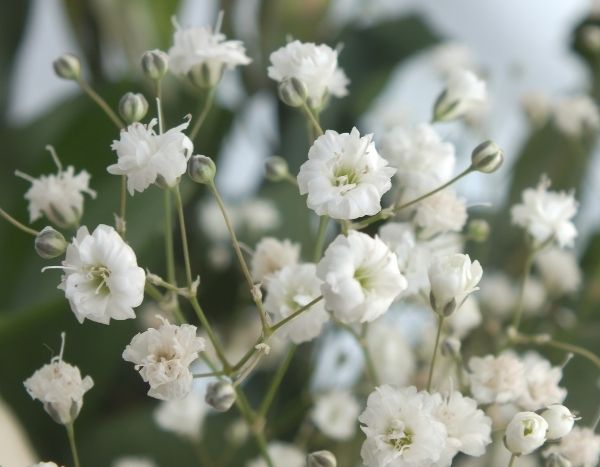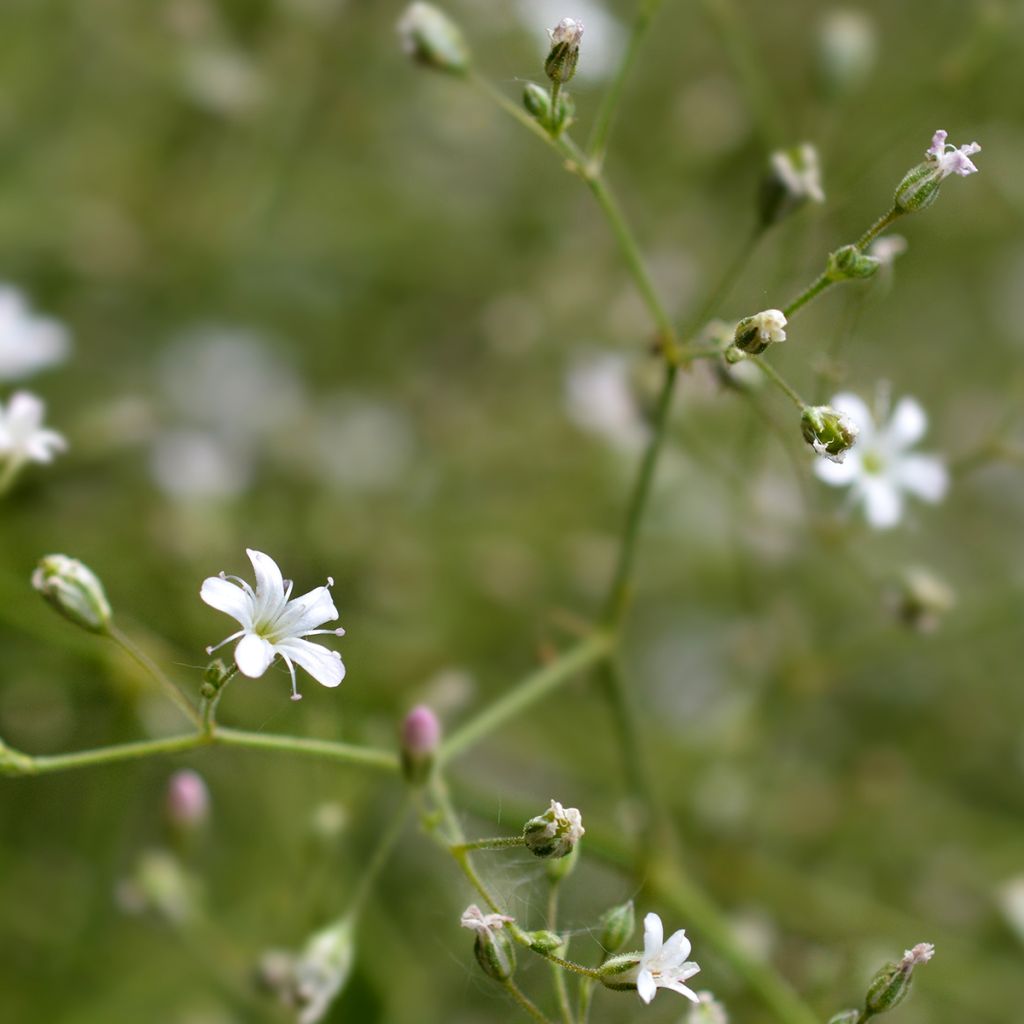

Gypsophila pacifica
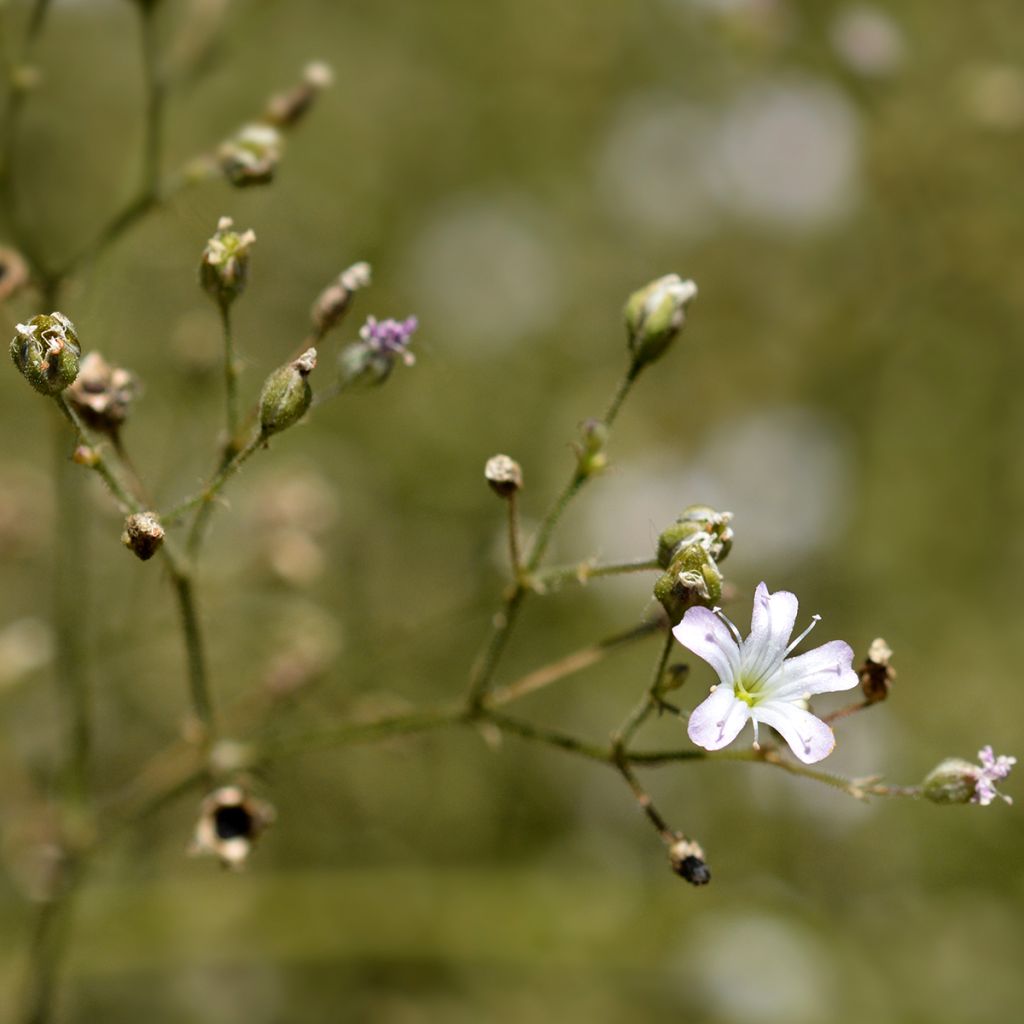

Gypsophila pacifica
Gypsophila pacifica
Gypsophila pacifica
Baby's Breath
The plant is showing signs of recovery. I am very pleased.
The Professor, 28/02/2024
Special offer!
Receive a €20 voucher for any order over €90 (excluding delivery costs, credit notes, and plastic-free options)!
1- Add your favorite plants to your cart.
2- Once you have reached €90, confirm your order (you can even choose the delivery date!).
3- As soon as your order is shipped, you will receive an email containing your voucher code, valid for 3 months (90 days).
Your voucher is unique and can only be used once, for any order with a minimum value of €20, excluding delivery costs.
Can be combined with other current offers, non-divisible and non-refundable.
Home or relay delivery (depending on size and destination)
Schedule delivery date,
and select date in basket
This plant carries a 12 months recovery warranty
More information
We guarantee the quality of our plants for a full growing cycle, and will replace at our expense any plant that fails to recover under normal climatic and planting conditions.
Does this plant fit my garden?
Set up your Plantfit profile →
Description
Gypsophila pacifica resembles its cousin G. paniculata, well known to florists, but this Siberian species is slightly taller, its flowers and leaves are larger, its stems are thicker, and it grows in all types of soil, even if clayey and cold in winter. In summer, its airy, white-pink flowering is a delight. Its lightness enhances the opulent beauty of heavier plants. It is a robust and hardy perennial, but also very resistant to drought. A plant that undoubtedly deserves to be grown.
Gypsophila pacifica belongs to the Caryophyllaceae family, just like carnations. This botanical species is native to temperate Asia and the North: eastern Siberia, Korea, northern China. In nature, it grows in deciduous forests, meadows, and rocky areas at low altitudes. The flowering plant forms a bushy, rounded clump, reaching about 1.3m (4ft) in height and 60cm (24in) in width. Flowering occurs in July-August. The bell-shaped calyx flowers measure about 1.5cm (1in) in diameter and are grouped in somewhat loose terminal cymes. Their colour is a washed white with a hint of pink. The foliage is deciduous, absent in winter. It consists of oval leaves, measuring up to 6cm (2in) long and 3.5cm (1in) wide, with a grey-blue-green, glaucous colour. The base of the plant is woody, and the root system does not tolerate root competition from other plants. The base of the plant remains leafy in winter, and new shoots emerge quite late in spring.
Gypsophila pacifica, like all gypsophilas, brings lightness to every bed and bouquet where it is present. Its combination with the opulent flowers of tree peonies and roses is absolutely perfect. This plant requires very little maintenance and is content with very little: fairly rich soil, even heavy, cold in winter and dry in summer, will suffice. It will also be beautiful among shrub salvias, oriental poppies, and tall thistles. Create stunning tall borders with this plant. It goes well with everything!
Gypsophila pacifica in pictures
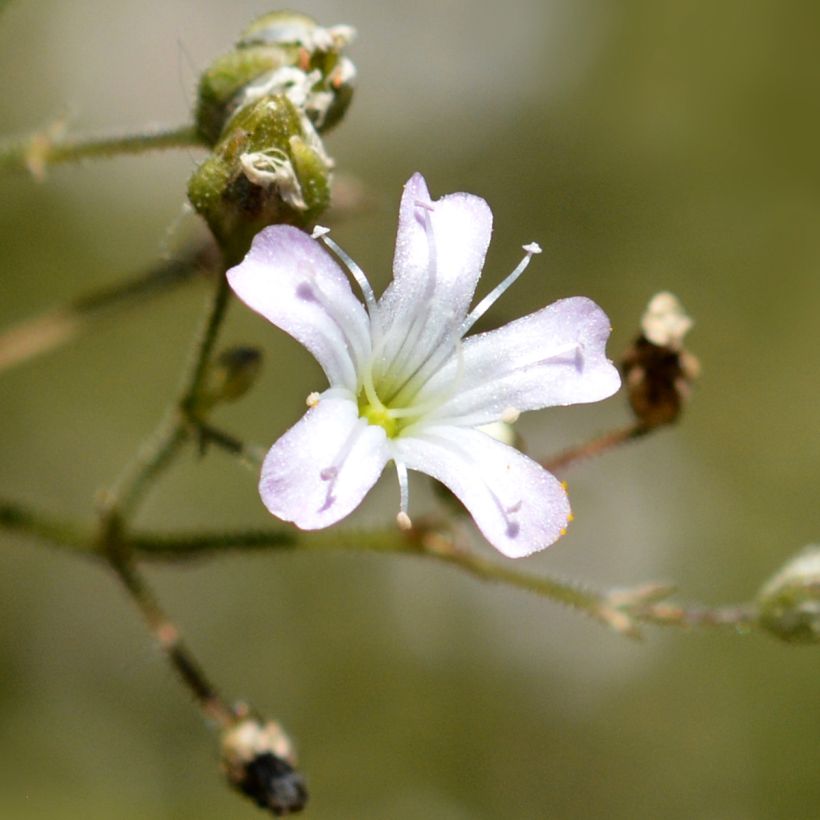

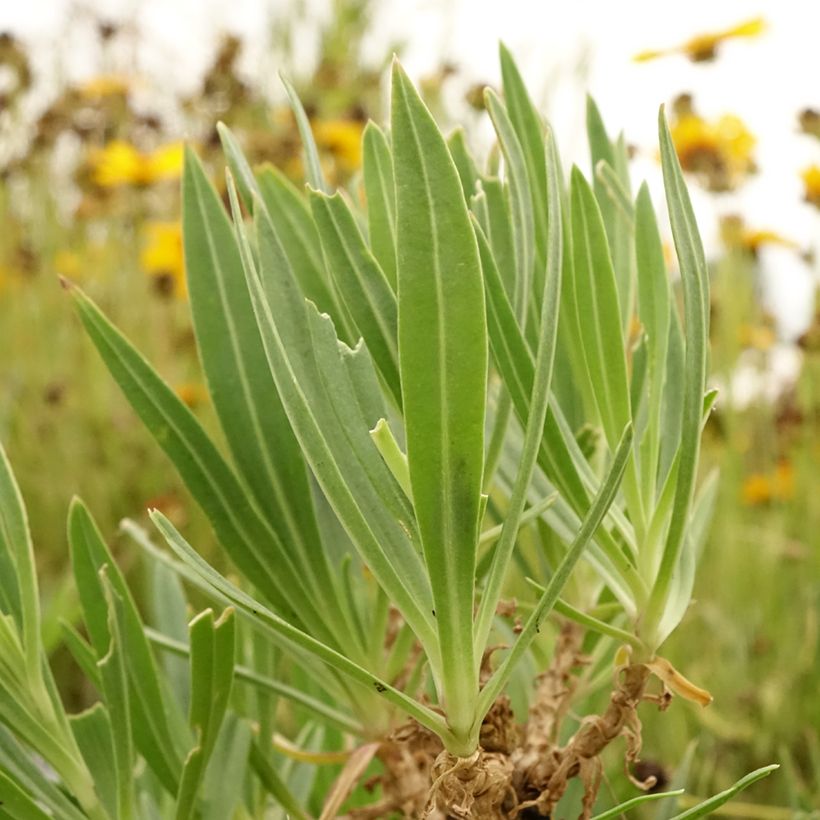

Flowering
Foliage
Plant habit
Botanical data
Gypsophila
pacifica
Caryophyllaceae
Baby's Breath
Russia
Other Gypsophila
View all →Planting and care
For us, it is irreplaceable: it is the only vine-plant that accepts heavy and clayey soil in our garden without dying in winter. This species also grows in light and dry soil in summer. Its resistance to cold is excellent. However, it does not appreciate root competition from other plants and its young shoots may be of interest to slugs and other snails. Be sure to monitor the young plants.
Planting period
Intended location
Care
Planting & care advice
-
, onOrder confirmed
Reply from on Promesse de fleurs
Haven't found what you were looking for?
Hardiness is the lowest winter temperature a plant can endure without suffering serious damage or even dying. However, hardiness is affected by location (a sheltered area, such as a patio), protection (winter cover) and soil type (hardiness is improved by well-drained soil).

Photo Sharing Terms & Conditions
In order to encourage gardeners to interact and share their experiences, Promesse de fleurs offers various media enabling content to be uploaded onto its Site - in particular via the ‘Photo sharing’ module.
The User agrees to refrain from:
- Posting any content that is illegal, prejudicial, insulting, racist, inciteful to hatred, revisionist, contrary to public decency, that infringes on privacy or on the privacy rights of third parties, in particular the publicity rights of persons and goods, intellectual property rights, or the right to privacy.
- Submitting content on behalf of a third party;
- Impersonate the identity of a third party and/or publish any personal information about a third party;
In general, the User undertakes to refrain from any unethical behaviour.
All Content (in particular text, comments, files, images, photos, videos, creative works, etc.), which may be subject to property or intellectual property rights, image or other private rights, shall remain the property of the User, subject to the limited rights granted by the terms of the licence granted by Promesse de fleurs as stated below. Users are at liberty to publish or not to publish such Content on the Site, notably via the ‘Photo Sharing’ facility, and accept that this Content shall be made public and freely accessible, notably on the Internet.
Users further acknowledge, undertake to have ,and guarantee that they hold all necessary rights and permissions to publish such material on the Site, in particular with regard to the legislation in force pertaining to any privacy, property, intellectual property, image, or contractual rights, or rights of any other nature. By publishing such Content on the Site, Users acknowledge accepting full liability as publishers of the Content within the meaning of the law, and grant Promesse de fleurs, free of charge, an inclusive, worldwide licence for the said Content for the entire duration of its publication, including all reproduction, representation, up/downloading, displaying, performing, transmission, and storage rights.
Users also grant permission for their name to be linked to the Content and accept that this link may not always be made available.
By engaging in posting material, Users consent to their Content becoming automatically accessible on the Internet, in particular on other sites and/or blogs and/or web pages of the Promesse de fleurs site, including in particular social pages and the Promesse de fleurs catalogue.
Users may secure the removal of entrusted content free of charge by issuing a simple request via our contact form.
The flowering period indicated on our website applies to countries and regions located in USDA zone 8 (France, the United Kingdom, Ireland, the Netherlands, etc.)
It will vary according to where you live:
- In zones 9 to 10 (Italy, Spain, Greece, etc.), flowering will occur about 2 to 4 weeks earlier.
- In zones 6 to 7 (Germany, Poland, Slovenia, and lower mountainous regions), flowering will be delayed by 2 to 3 weeks.
- In zone 5 (Central Europe, Scandinavia), blooming will be delayed by 3 to 5 weeks.
In temperate climates, pruning of spring-flowering shrubs (forsythia, spireas, etc.) should be done just after flowering.
Pruning of summer-flowering shrubs (Indian Lilac, Perovskia, etc.) can be done in winter or spring.
In cold regions as well as with frost-sensitive plants, avoid pruning too early when severe frosts may still occur.
The planting period indicated on our website applies to countries and regions located in USDA zone 8 (France, United Kingdom, Ireland, Netherlands).
It will vary according to where you live:
- In Mediterranean zones (Marseille, Madrid, Milan, etc.), autumn and winter are the best planting periods.
- In continental zones (Strasbourg, Munich, Vienna, etc.), delay planting by 2 to 3 weeks in spring and bring it forward by 2 to 4 weeks in autumn.
- In mountainous regions (the Alps, Pyrenees, Carpathians, etc.), it is best to plant in late spring (May-June) or late summer (August-September).
The harvesting period indicated on our website applies to countries and regions in USDA zone 8 (France, England, Ireland, the Netherlands).
In colder areas (Scandinavia, Poland, Austria...) fruit and vegetable harvests are likely to be delayed by 3-4 weeks.
In warmer areas (Italy, Spain, Greece, etc.), harvesting will probably take place earlier, depending on weather conditions.
The sowing periods indicated on our website apply to countries and regions within USDA Zone 8 (France, UK, Ireland, Netherlands).
In colder areas (Scandinavia, Poland, Austria...), delay any outdoor sowing by 3-4 weeks, or sow under glass.
In warmer climes (Italy, Spain, Greece, etc.), bring outdoor sowing forward by a few weeks.






























